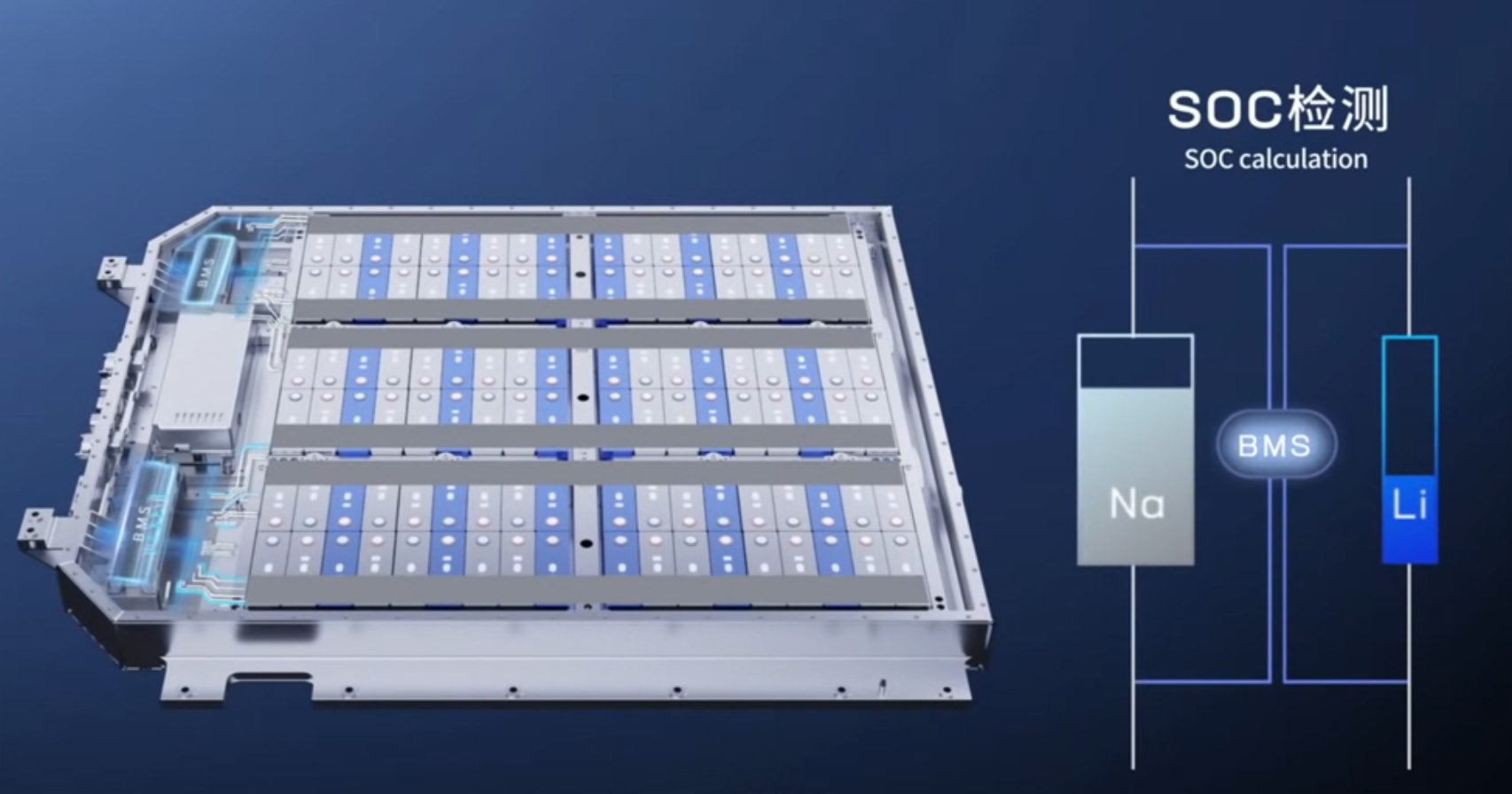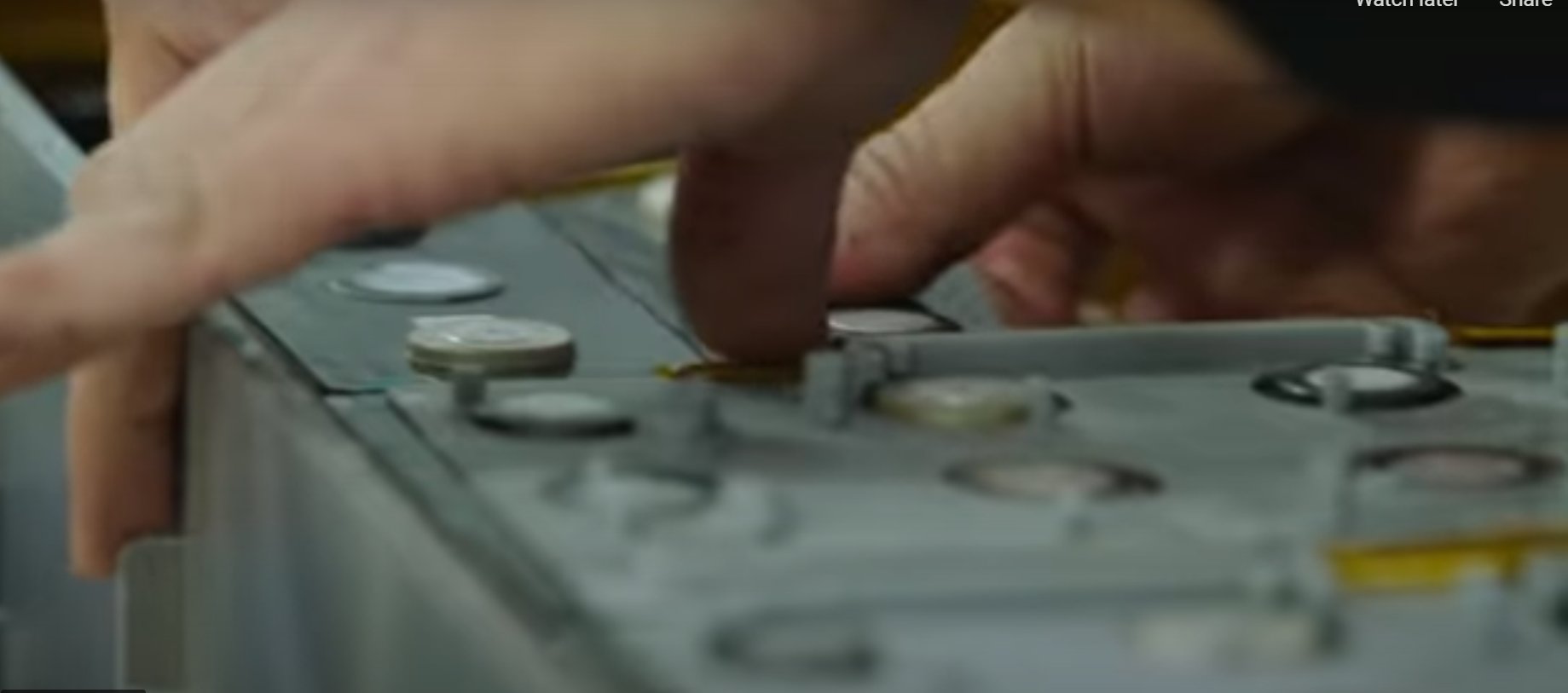Our Next Energy
Was interested yesterday to see this announced demonstration of a Tesla Model S fitted with a prototype battery with 416 Wh/L on pack level. It’s a clear demonstration that range anxiety need not be a thing, but it raises a lot of questions which got me thinking a bit…
The energy density is a big step up from current Tesla (~250 Wh/L) and LFP cell-to-pack benchmark-setters such as BYD Blade (~220 Wh/L). From @stevelevine’s tweet it first looked like some sort of new Mn-rich, Li metal cell gave the big step up in energy, but what cell?
ONE is a relatively new (~18 mo old) company innovating in pack engineering and battery management. The Gemini concept appears to be a hybrid w/ long-lived LFP cells handling most of the driving, w/ a very-high-energy cell mixed in the pack as ‘range extender’ for long trips. Reportedly the cells for this demo were ‘off-the-shelf’ which confused me, as I wondered who out there has Mn-rich Li metal cells available off the shelf? It’s since been clarified that the range extender cell for this demo was actually an NMC cell, which makes more sense. It also seems to fit with the numbers, assuming a 1:1 mix of high energy LFP (400-450 Wh/L) and NMC (650-700 Wh/L) and the reported 76% cell-to-pack volume ratio gets you in the neighbourhood of 416 Wh/L.
But if you can do that, does the range extender concept make sense?
The concept brings to mind other recent hybrid pack concepts like CATL and NIO presented last year.

It’s an interesting idea which could allow for CTP concepts where frisky high-energy NMC cells neighbour safer lower-energy LFP or Na-ion cells, reducing risk of cell-to-cell propagation during thermal runaway without sacrificing too much energy density.
My guess is the main challenges are pairing the right cell designs and improving the BMS to handle balancing etc correctly.
Anyway, this then raises the question as to how ONE have made a pack with so much higher Wh/L and range…
On the basis of available details at the moment (which is not that much), I’m guessing ONE’s pack is really, really optimised for maximum Wh/L. There was a glimpse in their video (and website) which shows the cells really, really tightly packed together:

There’s no sign of any thermal/compression material between the cells which makes me wonder about how this design trades off safety, thermal management/charging time, swelling/lifetime, etc. And I think this is important because I don’t think it would be too complicated to make a 200 kWh, >415 Wh/L pack with today’s NMC cells and do a 750 mile journey with it, but you would never be able to put it into production…
I wonder also how dependent this concept is on Li metal range-extender cells which are far from ‘off the shelf’ readiness, and how that would work. Is the thinking that long cycle life is not needed if they’re only used a few times a year? Do they need to be always at 100% SoC to be ready to use? If so, will they have the calendar life to be able to handle that? And… will the cost make sense?
Anyway, to sum up this ramble - it’s interesting to see new pack concepts since there is clearly a lot of optimisation to be done here and we can go a lot further. FWIW I think in the long-term (>10 years) if high-silicon/solid state succeeds and can be scaled to large cells I think 500-550 Wh/L pack level is technically possible, probably without this sort of range extender concept. In the case of ONE, it’s probably good PR but it seems the most important part of the puzzle (the Mn-rich Li metal range extender cell) is the one that’s missing from this demo.
comments powered by Disqus